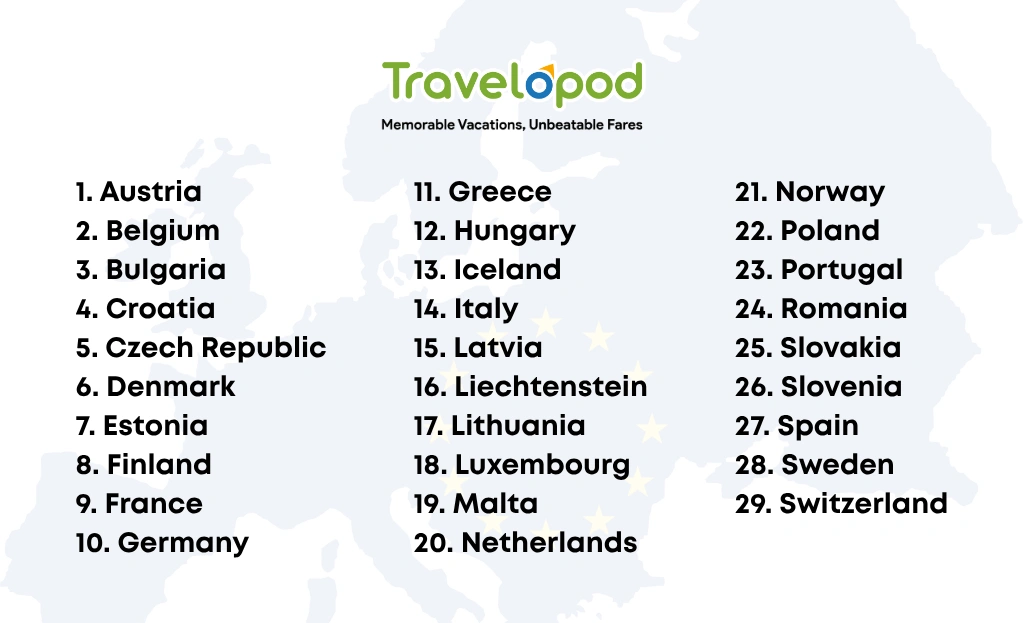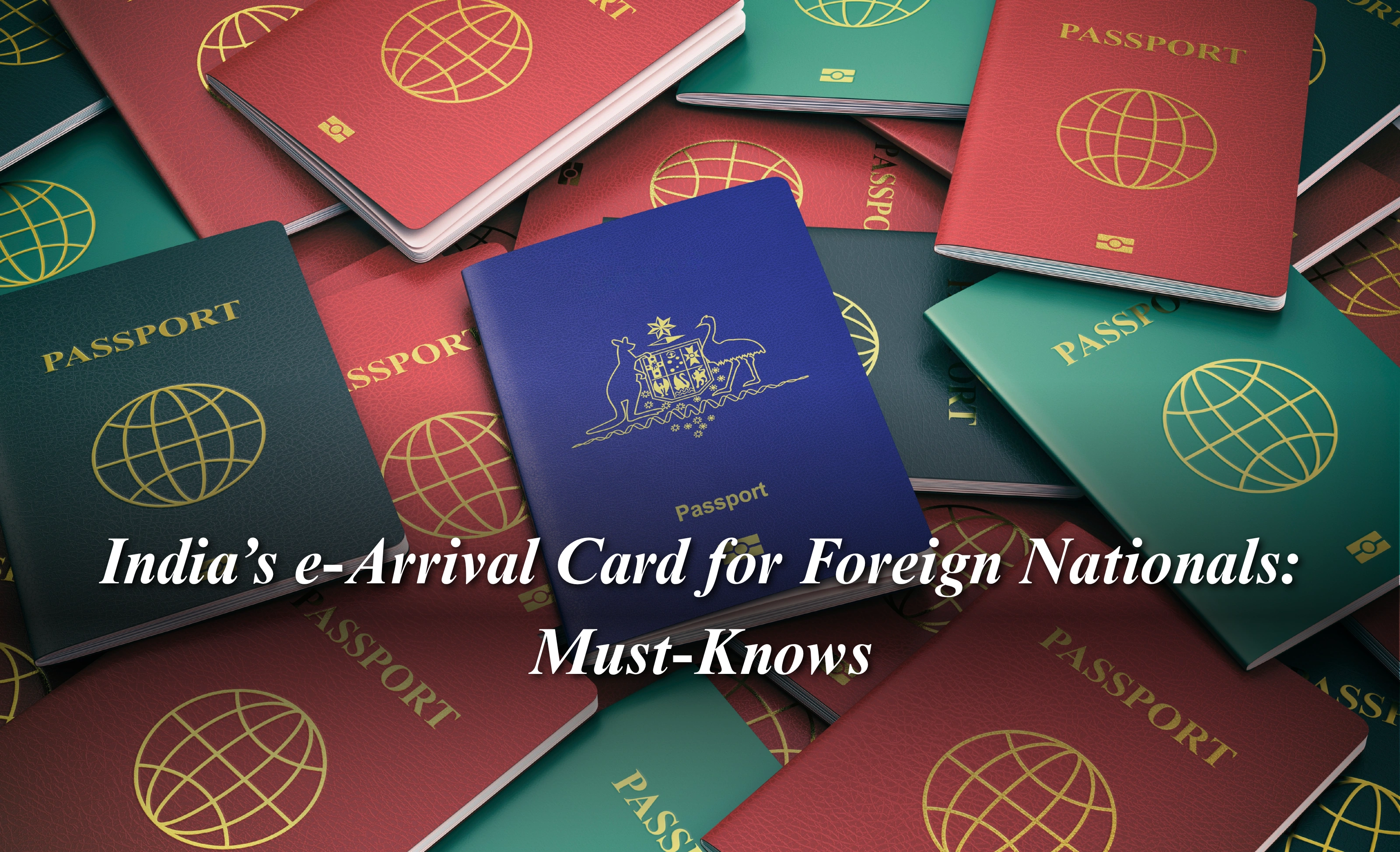Schengen Visa Requirements: The 90/180 Rule Simplified
by Travelopod
September 24, 2025

Europe’s open-border charm can be a dream for travelers, until you hit certain specific Schengen visa requirements that feel like fine print nobody warned you about. One such requirement is the 90/180 rule.
If you are a non-EU resident, you’ve got a limit of 90 days of stay in the Schengen zone within any 180 days. Sounds fair, right? Until you realize it’s not just one trip you need to track, but every single day you've spent across dozens of countries, added up.
Let’s make sense of it without making it sound like a typical math problem.
What is the 90/180 Rule?
What is the 90/180 Rule?
According to this rule, you can visit, but only for up to 90 days in any 180-day window. Sounds simple enough until you start traveling back and forth.
People often assume that a quick break outside the zone gives them a fresh 90 days; unfortunately, it doesn’t. That’s where most people slip. The thing is, those days don’t reset when you leave. They pile up whether you’re sipping coffee in Rome or catching a train in Berlin; every single day counts.
This isn’t about how long you’re in one country. It’s about your footprint across the whole zone.
Who Does This Rule Actually Apply To?
Who Does This Rule Actually Apply To?
Pretty much anyone visiting Europe without a long-term visa. If you’re from the non-Schengen EU countries like the U.S., Canada, Japan, Australia, the UK, or any country that doesn’t require a Schengen visa for short visits, this rule applies to you.
The same applies to travelers with short-stay Schengen visas. It doesn’t matter how many times you enter or leave; it all counts.
The Full List of Schengen Zone Countries
The Full List of Schengen Zone Countries
29 countries are part of the Schengen Zone that follow this rule. Here is the complete list:

The Moving Window
The Moving Window
Let's understand this with an example. Suppose it’s June 15, your 180-day clock resets to December 18. The period between these two dates is your moving window. Every day you’ve spent in the Schengen zone since that point gets added up. There’s no fixed start or end. It’s just an ever-shifting frame following you around Europe.
Multiple Entries Don’t Reset the Clock
Multiple Entries Don’t Reset the Clock
This is one of the biggest misconceptions. You could leave and re-enter ten times, but your total days still stack up. Whether you’re zigzagging across the continent or staying put in one town, it’s all the same to border control. They only care how many days you’ve burned through in that 180-day moving window.
How to Calculate Your Days?
How to Calculate Your Days?
Unless you enjoy flipping through passport stamps and doing date math, use a Schengen day calculator. There are multiple options available online, like SchengenCalculator.net and the EU’s official tool. Plug in your travel dates, and they’ll tell you where you stand.
Why the 90-Day Limit Matters?
Why the 90-Day Limit Matters?
Europe’s internal borders are open to citizens, but for outsiders, there needs to be a line somewhere. Without the 90-day rule, anyone could just bounce between Schengen countries endlessly and skirt residency laws. This rule draws that line without making people apply for a visa every time they visit.
What Happens If You Overstay?
What Happens If You Overstay?
Accidentally going over your limit, even by a few days, can land you in trouble. Think fines, denied entry, possible deportation, or even temporary bans. Worst of all, it could affect your chances of getting long-stay visas in the future. Border officers talk, and Schengen countries share immigration records. So if you think nobody’s watching, think again.
Are There Loopholes? Not Really
Are There Loopholes? Not Really
A few countries had existing bilateral agreements before the Schengen agreement. Portugal and the U.S., for example, once allowed longer stays, but in practice, immigration officers rarely acknowledge these. Unless you have official confirmation in writing, don’t risk it.
If you want to stay longer, apply for a national long-term visa for the specific country you’ll be living in. That’s a separate process and not tied to this rule.
Staying on the Safe Side: Tips That Actually Help
Staying on the Safe Side: Tips That Actually Help
- Keep a personal log of every day spent in the Schengen area.
- Use online calculators to keep track of the days you have spent.
- Don’t count on side trips to reset your count because they won’t.
- Always include your arrival and departure days.
- Save plane tickets and bookings, in case you're asked for proof.
Mistakes That Get People in Trouble
Mistakes That Get People in Trouble
- Thinking January means a clean slate: The 90 days don’t restart with the new year, they follow you like a shadow across a moving 180-day window.
- Assuming a weekend outside Schengen resets the clock: A quick getaway to Croatia won’t wipe your days clean; every past day still counts.
- Overlooking layovers or quick returns: Even if you’re just passing through or popping back in for a night, those days still go on the tally.
- Not counting the day you leave: The clock starts when you land and doesn’t stop ticking until after you’re officially out; both entry and exit days are included.
Key Takeaway
Key Takeaway
This tourist visa Schengen rule isn’t trying to trick you, but if you don’t watch your time, it can catch you out. It’s not just about how long you stay in one go; what counts is how all those days add up over your trips. Imagine it like a slow counter that never really resets. The best thing to do is to keep track of your days, double-check your dates, and don’t assume anything. This way, you can avoid messing up your journeys and make the most out of your trip to your favorite European destination.
Travelopod makes planning your trip simple, especially when timing matters. With expert support and exclusive phone-only deals on flights to Zagreb and beyond, you can save up to $300. Call Now!
EXPLORE MORE



